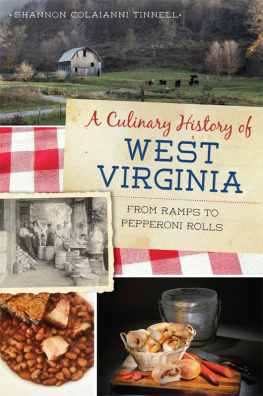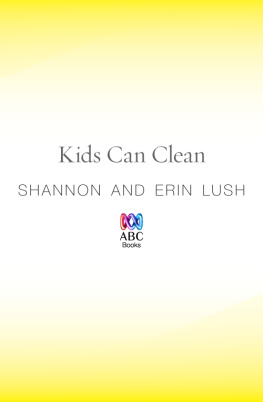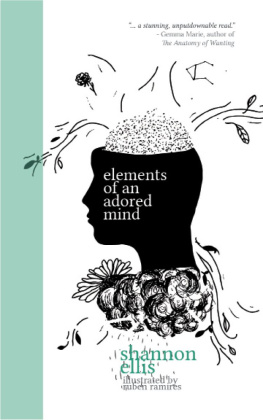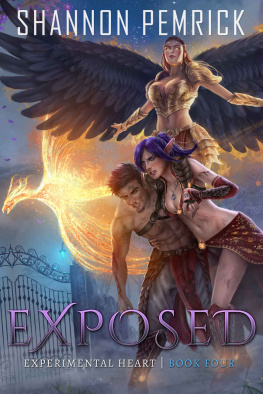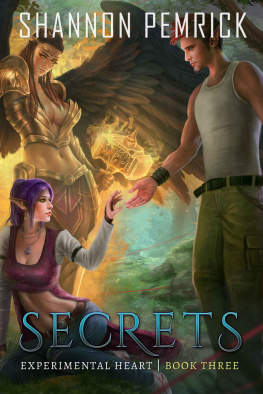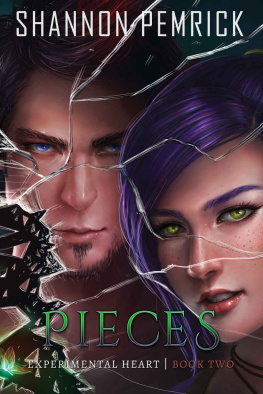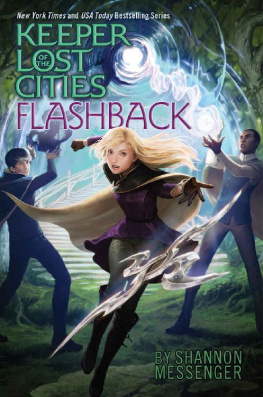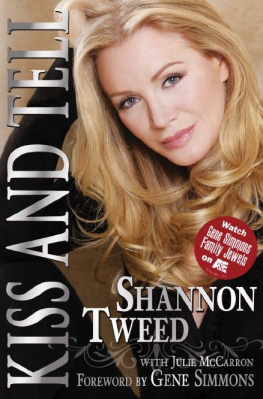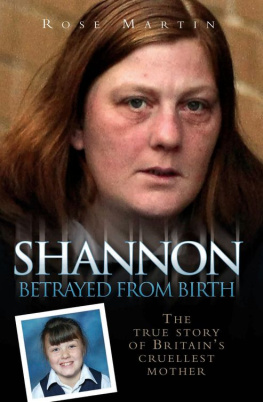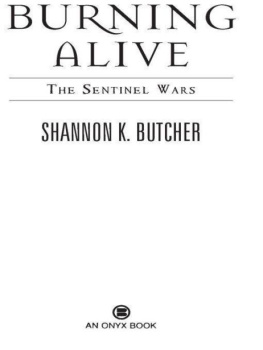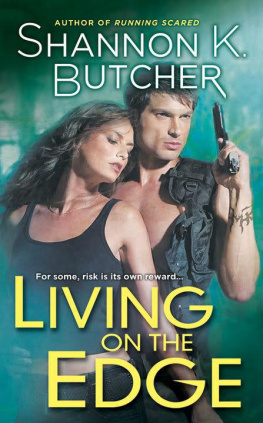The Recording Machine
The Recording Machine
Art and Fact during the Cold War
Joshua Shannon

This publication has been made possible through support from the Terra Foundation for American Art International Publication Program of the College Art Association.
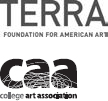
Copyright 2017 by Joshua Shannon.
All rights reserved.
This book may not be reproduced, in whole or in part, including illustrations, in any form (beyond that copying permitted by Sections 107 and 108 of the U.S. Copyright Law and except by reviewers for the public press), without written permission from the publishers.
yalebooks.com/art
Early versions of Chapter 1 appeared in Matthew Witkovsky, ed., Light Years: Conceptual Art and the Photograph, 19641977 (Chicago: Art Institute of Chicago; New Haven, Conn.: Yale University Press, 2011), 8897; and in Timothy Scott Brown and Andrew Lison, eds., The Global Sixties in Sound and Vision: Media, Counterculture, Revolt (New York: Palgrave Macmillan, 2014), 22744. An early version of Chapter 2 appeared in Raritan 31, no. 1 (Summer 2011).
Original design by Jeff Wincapaw Layout and typesetting by Tina Henderson
Printed in China by Regent Publishing Services Limited
Library of Congress Control Number: 2016948564
ISBN 978-0-300-18727-4
eISBN 978-0-300-22844-1
A catalogue record for this book is available from the British Library.
This paper meets the requirements of ANSI/NISO Z39.48-1992 (Permanence of Paper).
10 9 8 7 6 5 4 3 2 1
Jacket illustration: Vija Celmins, Untitled (Ocean with Cross #1), 1971 ()
For Jasper and Mae
The camera hidden behind the keyhole is a tell-tale eye which captures what it can. But what about the rest? What about what happens beyond the limits of its field of vision? Its not enough. So, make ten, a hundred, two hundred holes, install as many cameras and shoot miles and miles of film.
MICHELANGELO ANTONIONI, 1965
Contents
Acknowledgments
I worked on this book for what now seems like a very long and very busy stretch of my life. I received more help and incurred more debts along the way than I can remember. At times it seems to me that almost everyone I know helped in one way or another, and for that I am enormously grateful.
I especially want to thank those who generously offered their critical responses to parts or all of the book as it was in progress, including Jean-Philippe Antoine, Graham Bader, Laura Bieger, Kevin Chua, John J. Curley, Blake Gopnik, Robin Kelsey, Michael J. Kramer, T. J. Jackson Lears, Alex Potts, Jennifer L. Roberts, Robert Slifkin, Matthew S. Witkovsky, Marnin Young, Orrin Wang, and Jason Weems. These people offered invaluable ideas and support, and their own published work provided a rather dazzling set of models. Yale University Presss anonymous readers were also remarkably generous and helpful.
I learned a great dealand also took important sustenancefrom further conversations with Christian Berger, Susanneh Bieber, Alan Braddock, Timothy Scott Brown, Martin Collins, Benjamin A. Cowan, Leah Dickerman, Sonja Dmpelmann, Winfried Fluck, Meredith Gill, Maria Gough, Benjamin Grant, Valerie Hellstein, Gordon Hughes, Charlotte Klonk, Carrie Lambert-Beatty, Andrew Lison, David M. Lubin, Elizabeth Marlowe, Lyle Massey, Eve Meltzer, Christopher Nealon, James Nisbet, Bibiana K. Obler, Susan J. Pearson, Ashwini Tambe, Aron Vinegar, Ccile Whiting, and many others. I am deeply in debt to my colleagues and my students at the University of Maryland, as well as at the Freie Universitt Berlin, where I spent a very happy year. My colleagues on the advisory board of the Potomac Center for the Study of Modernity have also been a constant source of inspiration.
The book would never have made it into print without the gracious commitment and hard work of Katherine Boller, Heidi Downey, Mary Mayer, Tamara Schechter, and others at Yale University Press, or without the impeccable, and tirelessly cheerful, image research provided by Betsy Johnson. I thank Jeff Wincapaw for the books very elegant design.
For help with specific aspects of my research, I thank Yookyoung Choi, the Kravets Wehby Gallery, Hubert and Melissa Neumann, and the following people, who patiently helped for hour after hour in museums and archives: Katherine D. Alcauskas (Museum of Modern Art); Dietmar Elger, Kerstin Kster, and Brbel Whlke (Gerhard Richter Archiv); Claudia Gerbracht (Whitney Museum of American Art); Stefan Gronert (Kunstmuseum Bonn); Stefanie Kreuzer and Verena Rautenbach (Museum Morsbroich); Henrike Mund (Hamburger Kunsthalle); Carina Plath (Sprengel Museum Hannover); Laura Satersmoen (Doris and Donald Fisher Collection); Astrid Schubert (Museum Ludwig, Cologne); and Aimee Soubier (Hirshhorn Museum and Sculpture Garden).
I also owe deepest thanks to Susanne Gerber and Susanne van Leuven, who taught me German, and to Robert Bechtle and Vija Celmins, who very kindly shared thoughts and recollections about their art.
For crucial financial support, I thank the Terra Foundation, which supported my time in Germany with the Terra Visiting Professorship at the Freie Universitt Berlin and offset the costs of this book with a Terra Foundation for American Art International Publication Grant. The University of Maryland also provided an enormously productive Research and Scholarship Semester Award in 2013.
For their probing questions, I thank audiences at the Archives of American Art, the Association of Art Historians conference, the College Art Association conference, George Mason University, Georgetown University, the Getty Research Institute, Harvard University, the Huntington, the Institute of Fine Arts, the Kansas City Art Institute, the Smithsonian Institution Contemporary History Colloquium, the Steele/Burnand Anza-Borrego Desert Research Center, the Terra Foundation Paris Center, the University of Chicago, the University of Richmond, and Yale University.
Early versions of appeared in Raritan. The revised and expanded versions of these chapters appear here with kind permission of these publishers.
Finally, I must thank my family. My parents and my siblings have been unfailingly supportive. My extraordinary wife, Rona Marech, has been an astute editor for me, as she is for many others. She has also tolerated too many of my trips and late nights of work. The fact that she has done so with such good humor and patience has been simply life-affirming. She and I added two new people to our family while I was working on this book, and they have been a great source of humanizing joy. It is to them that I dedicate this book.
INTRODUCTION
The Turn from Truth
The artist Ed Ruscha was asked in 1972 about the books of drab architectural and landscape photographs he had been publishing over the last several years. I dont even look at it as photography, Ruscha asserted. Theyre just images to fill a book. He was then asked, Are they equivalent to drawings? The artist replied, No, no... the camera is used simply as a documentary device, the closest documentary device, thats what its all about.... Drawings would never express the ideaI like facts. Facts, facts are in those books.
Ruscha had been making similar remarks about his photobooks since the middle of the 1960s. As early as 1965, he had said, My pictures are not that interesting, nor the subject matter. They are simply a collection of facts. In 1969, he added, I dont have any message about the subject matter at all. Theyre just natural facts, thats all they are. His aim, he later professed, was just laying down the facts of what is out there.
Next page

